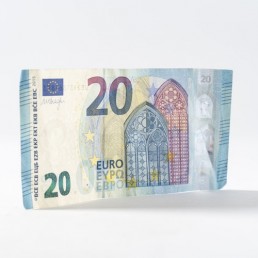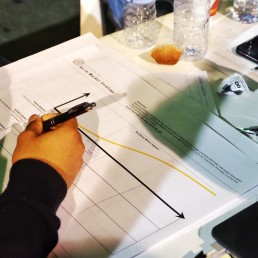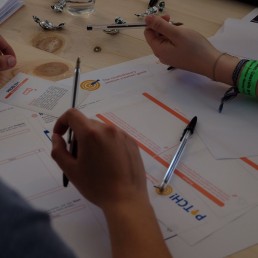If you have a disruptive innovation and a sound value proposition, why would your sales still not be as high as expected? This is what often happens to the most innovative solutions. Consider the example of electric vehicles (EVs). Car firms still seem to struggle to break into the mainstream markets with their electric cars, mainly due to a high price, low driving range and missing infrastructure. Most automotive firms struggle with low sales, but why? They have experience serving the car market, they are familiar with customer preferences, they have the sales network. Yes, that is correct, but they rely on a business model for the traditional combustion cars.
Disruptive Innovation, Disruptive Business Model
“Disruptive technologies tend to underperform on attributes that are considered key attributes of mature technologies and require new value propositions to increase mainstream customer appeal.”
– R. Bohnsack & J. Pinkse (2017)
Firms need to increase the value of their disruptive innovation. In order to do that you need to follow three simple steps:
- Map the customer value;
- Use tactics to increase value;
- Reframe the value proposition.
Let’s see this in practice.

Think back some years to your book-loving parents’ holiday logistics. What were their biggest challenges – or pains – when packing their newest editions for holiday entertainment? Well, perhaps having to find the time to go out and shop for the books; carrying the books; accommodating the books so that they did not get damaged. Now, step forward a few years to the “i-era” where you can access anything on your iPad, phone or laptop and you realize that most of your parents’ challenges are gone, still the experience is not quite the same. With constant notifications and irresistible access to the web, this experience is missing the peace of mind that allows you to relax and wander freely in your story.
And so Amazon launched the Kindle; an e-reading device with E-ink display, high visibility, and contrast, wide viewing angle which can contain thousands of books and has a battery that will last for weeks. Yet, despite this value proposition, sales are still not at the level at which it was expected. Let’s analyze the product.
The best way to analyze the value proposition of a new product is by using the ‘Circles Framework’.
Circles Framework
The first step is to define what are the customers’ “jobs-to-be-done” – i.e. what does the customer seek to accomplish that will lead him to greatly value a product like the Kindle. What are the challenges that need to be fixed? Second, you must identify what market leaders currently deliver to the customer. How? Explore the market to find what people are currently using to fulfill their “jobs-to-be-done” by looking at alternatives and substitutes to your product. The last step is to describe what value does your product promise to the customer.
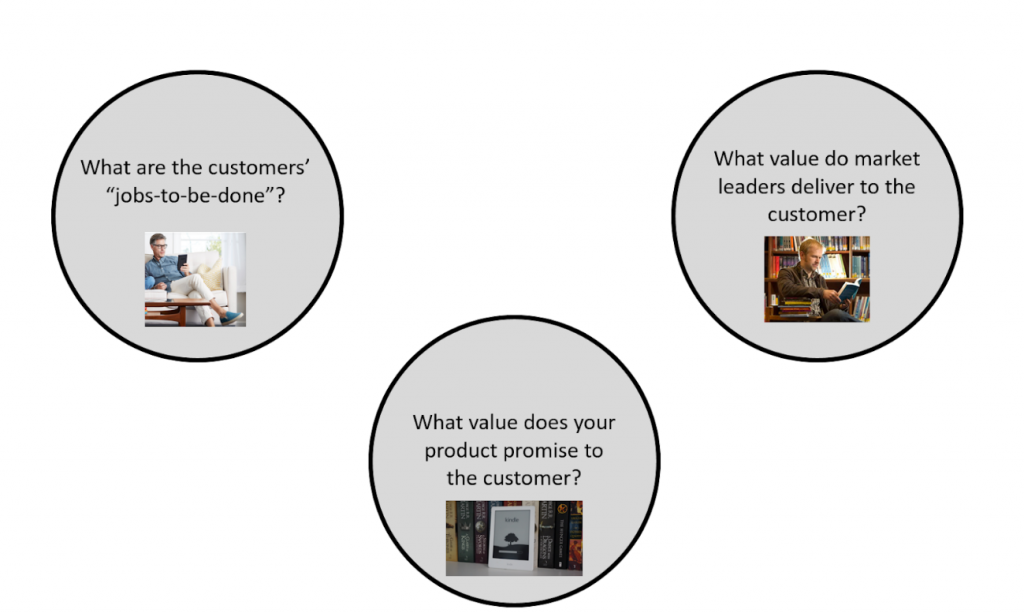
In the end, you merge the overlap of the three circles and map the values. See below an example for the Kindle.
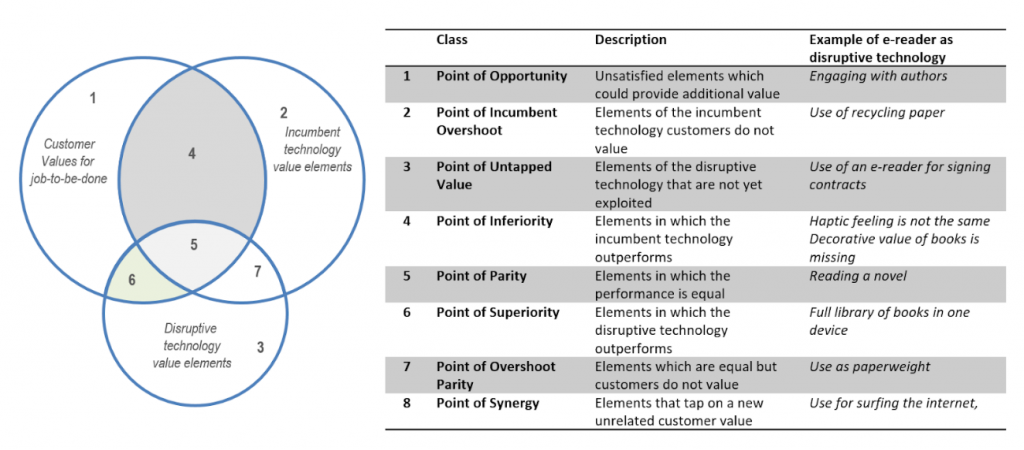
The next step is to use this insight and find ways to increase the perceived value of the technology.
Value Proposition Tactics
Now that you have the value proposition mapped, the question still remains: how to make your disruptive innovation more attractive? Through the following three simple tactics that increase customer value: enhancing, compensating and coupling.
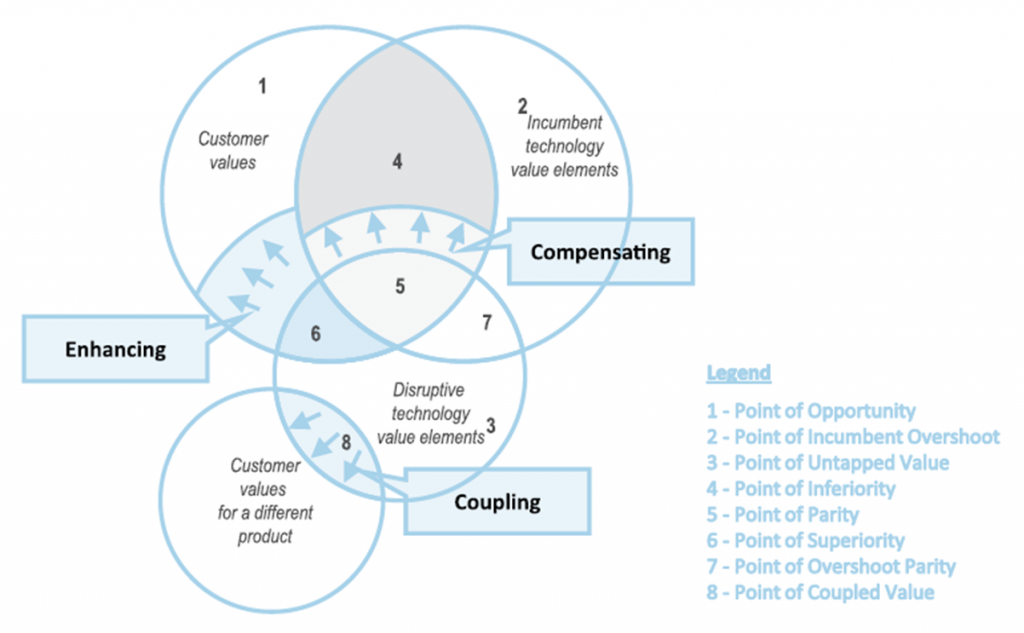
Enhancing tactics exploit the valued advantages of your solution (cell 6). Which features of your solution are better than the market leader’s solution and could be used to increase customer value? This is usually done by differentiating the product or service through changes in the value network. Returning to the EVs example, to provide a more comfortable driving experience, for instance, firms have introduced autonomous driving options, which add the benefits of energy efficiency and safety.
Compensating tactics find ways to compensate your solution’s shortcomings (cell 4). How could a new value proposition tackle the inferior features of your smart city solution when compared to the market leader’s solution? This is usually done by addressing the “jobs-to-be-done” with a hybrid product or service solution. For example, car firms have compensated EVs short driving range by providing substitute cars or a fast-charging infrastructure.
Coupling tactics explore new sources of value of unused features (cell 3 and 8). Which features of your smart city are truly innovative and can help you break into new markets? This is usually done by serving a “job-to-be-done” that has previously not been seen by the mainstream technology and break into new markets. BMW, Tesla, Volkswagen, and Nissan, for example, combined the need for sustainable mobility with the need for energy autonomy to partner with electricity firms and enable home-generated electricity from solar panels for recharging. While this does not directly lower the initial price, it helps reduce the total cost of ownership.
Summary
To conclude the example of EVs, it is interesting to notice that the effect of these tactics on the attractiveness of EVs reveals that the most successful car manufacturers (in terms of sales) used relatively few compensating tactics, limited coupling tactics, and focused on many enhancing tactics. This framework proposed by Dr. René Bohnsack and Dr. Jonatan Pinkse shows how disruptive innovations, such as your solution, can be made more attractive for the mainstream market, not by changing the technology but by using a combination of reconfiguring tactics to innovate your value proposition and changing the perception of the customer.
-
Excited to translate your business idea into a scalable business model?
Simply sign up now to access our tutorials, videos and tools that guide you through the art of creating and testing winning business models.
All this, and a lot more – for free!




